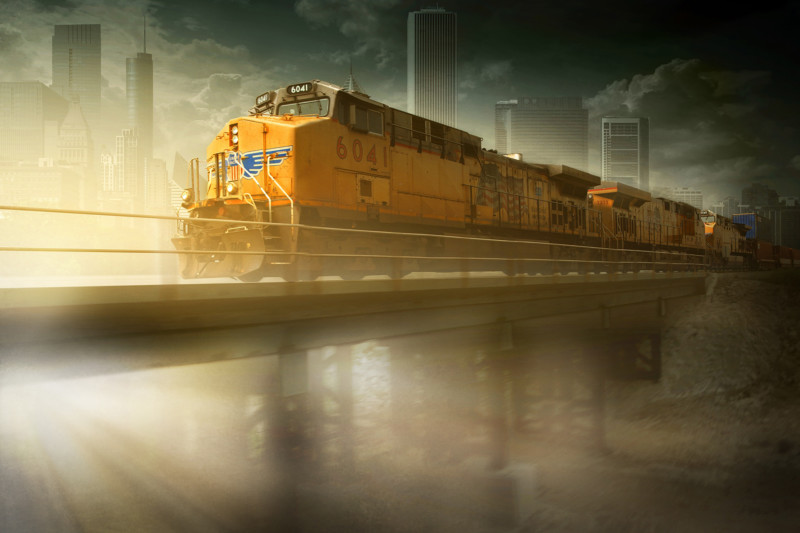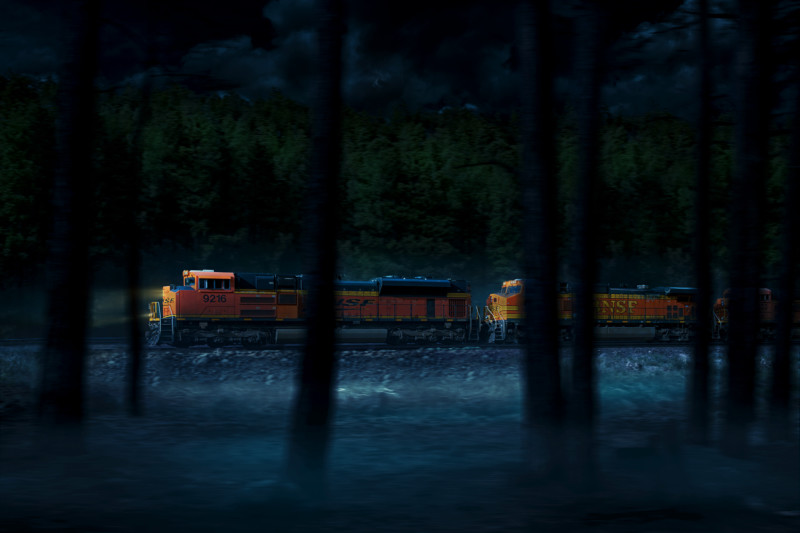
It’s heavy, expensive, does not have image stabilization, and is impractical for most photographers. It also happens to be one of the best zoom lenses ever made.
Held constant to the common onslaught of internet reviews, the prior sentence could easily summarize the Canon 28-70 f/2 L. None of these complaints would be incorrect; but favoring such claims without an open mind would rob you from using one of the most interesting lenses produced in the modern era.

It had been 13 years since I last wrapped a set by putting a Canon camera into my bag. At the time it was a 1DS Mark III with a collection of primes (35, 50, 85, 135). While I had also owned a 70-200 f/2.8L IS, my time with it was short-lived as I felt that zooms did not challenge me to create in the way that primes did. But let’s talk about what the 28-70 f/2 represents for a moment.
It is a curious lens, one that may even make you wonder whether the engineers at Canon received management approval for its production over several rounds of beers. After all, the RF lineup already has the 24-70 f/2.8 as well as the 24-105 f/4 in this range. But the 28-70mm is entirely different; it is the one that keeps me up at night and the one I think about even sitting unmounted in my office. It is intoxicating.

I had plans for a photo shoot with a certain sports figure, with hopes that he and I could test out what this lens could do. However, as we all know by now, life is anything but predictable. The idea of social distancing for me did not include “porch portraits” or anything of the sort. For me, this time has provided an opportunity to learn what the glass wanted to tell me. In a sense, I let the lens act as a conduit to creating images that existed only in my mind up to this point. Without the luxury of air travel or setting up large-scale productions, I needed this lens to take the place of primes while I created images of one of my favorite subjects – trains.
I had no idea initially how much this particular subject matter would fit the 28-70. When shooting it, you have to immediately give up the idea that you are shooting a zoom lens.
It is a zoom lens on paper, but it is a collection of prime lenses in practice.
This is because the weight distribution changes through the focal range and the shift can make re-composing a bit unnatural to what you may be used to. In exchange for this slight inconvenience, you get an image that is so sharp, you would think the camera was doing some trickery in the body. Add to this the way that the lens has almost no chromatic aberrations and you will quickly see why I can’t stop thinking about this damn thing.
When creating images of trains, I often plan based on setting the lens at a specific focal length and forming the scene from there. While I sometimes wish I had IS on the lens or the body (I happened to be using the Canon EOS R at the time), I understand the philosophy from Canon on this. Looking at the 28-70 is like reading tea leaves for a thirty-year plan – It tells us not only of the IBIS capabilities on platforms like the R5 but also of the complete focus on absolute image quality. Not just lab level sharpness, but there is structural character in its rendering that makes it a tour de force of modern optics.

The simplicity of the 28-70’s optical formula also shows that pure image quality is what mattered most with this lens. The 24-70 has 31 elements, but the 28-70 has just 19. Think of it as a Ferrari F50: a supercar that has a Formula 1 chassis and motor, but not power windows, because those creature comforts would only slow it down. For Canon, the idea of opening up the glass vault and pulling out some large trophy pieces to comprise the optical elements seems like just the right type of crazy.
Somehow this gets me thinking about those initial complaints; specifically, point number two – it is of course, rather expensive. Compare it to any other zoom, and yes, it is hard to disagree. However, let’s say that Canon released a 28 f/2 prime… and a 35mm, and 50mm, and for the sake of argument a 70mm. Now let’s say that since they aren’t f/1.4, they are a bit cheaper than their super-fast L counterparts – perhaps even half the price (say… $1,000?). You are probably starting to see where this is heading – in a way, the 28-70 f/2 might actually be a bargain.

For many, the 24-70 f/2.8 will be more than enough to get any job done. It will save on budget, and provide for an excellent upper body workout during a photoshoot. However, to those that really feel like they can ring out the last 5% of a lens’s true capability, the 28-70 is a weapon.
About the author: Blair Bunting is an advertising photographer based in Phoenix, Arizona. You can see more of his work on his website, blog, Facebook, and Instagram. This article was also published here.